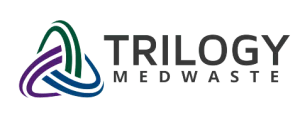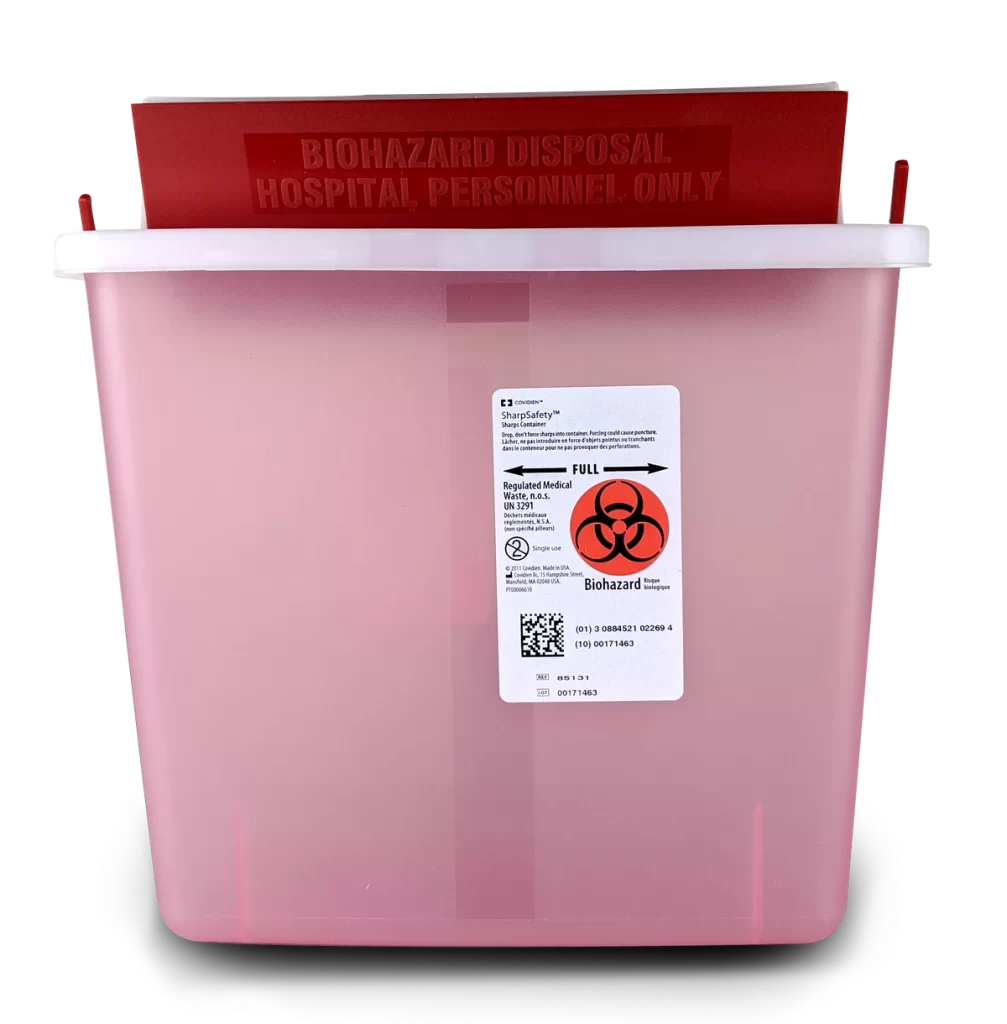The safe disposal of sharps should be a priority for every health care provider and medical professional. Improper sharps disposal puts healthcare workers, sanitation employees, and the public at risk of accidental needlestick injuries.
According to the FDA, more than 850,000 people are injured each year by 7 billion sharps that are improperly disposed. In research conducted by the American Nurses Association, one third of nurses feel that sharps injuries present a “significant level of risk in their work environment,” with thirteen percent reporting that they have sustained at least one sharps-related injury within the past five years.
Safely disposing of medical implements such as needles, syringes, and lancets is crucial for preventing the transmission of dangerous bloodborne pathogens like hepatitis B virus (HBV), hepatitis C virus (HCV), and human immunodeficiency virus (HIV). Safe disposal can also prevent sharps from entering the natural environment, where they can potentially contaminate soil, water, and wildlife.
Failing to properly dispose of sharps can also cause serious negative financial consequences to the health care provider or medical professional. Various organizations and government agencies, including OSHA (Occupational Safety and Health Administration), EPA (Environmental Protection Agency) and state-based regulatory agencies may impose steep fines and penalties against those that do not properly dispose of sharps. Injured healthcare workers may file – and win — lawsuits against providers or medical professionals who fail to adhere to proper sharps disposal practices. Additionally, failure to properly dispose of sharps may lead to the loss of accreditation from Det Norske Veritas (DNV), the Healthcare Accreditation Program (HFAP), and the Joint Commission.
What are Considered Sharps?
The FDA defines “sharps” as “objects with sharp points or edges that can puncture or cut skin, such as needles, syringes, lancets, auto injectors, infusion sets, and connection needles.” Sharps may also include vacuum tube holders, glass culture dishes, and broken glass vials or ampules.
OSHA defines “Contaminated Sharps” as any contaminated object that can penetrate the skin including, but not limited to, needles, scalpels, broken glass, broken capillary tubes, and exposed ends of dental wires.
Proper Sharps Disposal Procedures
- Dispose of sharps immediately after use into an FDA-approved, puncture-resistant sharps container. Such containers should be placed in locations that are easily accessible to staff and located as close as possible to the area where sharps are used. For example, Trilogy MedWaste’s wall-mounted 2- and 4-gallon sharps containers can be conveniently placed near treatment areas in accordance with NIOSH standards. Avoid having to carry contaminated sharps long distances. Never leave contaminated needles or sharps on trays, counters, or patient areas.
- Use proper sharps containers that are clearly labeled, leak-proof on all sides and bottoms, and puncture resistant. These containers should also have an opening ideal for depositing sharps and be able to remain upright.
- Follow the manufacturer’s fill line. Sharps disposal containers are marked with a line to indicate when the container is about three-fourths (3/4) full. Following the manufacturer’s instructions, close and seal sharps disposal containers when about three-fourths (3/4) full. Do not overfill sharps containers. Attempting to do so can cause injury.
- Place reusable sharps instruments in designated leak-proof, puncture-resistant containers for safe transportation to decontamination areas.
- Never open, empty, or manually clean full sharps disposal containers.
- Never recap, break, bend, or cut needles before disposing of them.
- Never place sharps in regular trash containers or recycle bins or flush them down the toilet.
Safe and Secure Handling of Sharps Containers
Filled sharps containers need to be handled safely and securely. Trilogy MedWaste provides Sharps Management Services using secure, FDA-approved sharps containers for both on-site service and mail-back solutions. Sharps containers come in sizes ranging from 2 to 18 gallons depending on your needs and the volume of your sharps waste. Trilogy MedWaste will customizable offerings and disposal workflows that align with your operational preferences and federal. State, and local, regulatory obligations. Contact us today to get a free consultation and quote.




